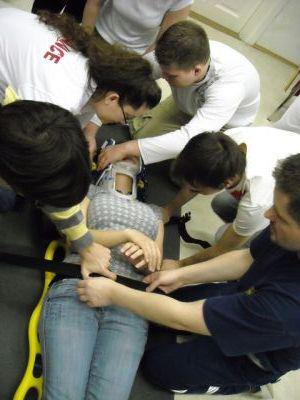about the project
Response Time Optimisation for Paramedic Services
Personal Motivation
I spent 6 years working on the frontlines of Emergency Healthcare. I’ve witnessed first-hand how every second counts, and how system inefficiencies can impact patient outcomes, especially in rural or underserved areas. This project is deeply personal because it combines my real-world paramedic experience with my passion for data. It’s my way of turning those years in the field into meaningful insights that help improve the system for patients, paramedics, and emergency planners alike.
Project Summary
This project focuses on analysing ambulance dispatch and arrival data to identify patterns and factors influencing response times. Using time-series analysis, geospatial mapping, and statistical modelling, the goal is to build a data-driven tool that helps emergency services optimise resource allocation, reduce delays, and ultimately save more lives.


In the Field: Training Between Calls
I’m on the left side of the photo, taking part in a practice scenario during a short break between real emergency calls. Regular training like this kept our skills sharp and our team ready for anything, even in the unpredictable rhythm of paramedic life.

Why It Matters
Improving response times is not just about logistics, it’s about equity, access, and system-level health justice.
Project Goals
This project aims to analyse and visualise ambulance response times across various regions to identify bottlenecks, high-delay zones, and potential optimisation strategies. The ultimate goal is to inform data-driven resource planning for faster, fairer emergency care delivery.
Tech & Tools
-
Python: pandas, matplotlib, seaborn, scikit-learn
-
Jupyter Notebook
-
SQL for data exploration
-
Tableau and Power BI for visualisation
-
Excel for initial data cleaning
-
GeoJSON and folium for basic geospatial mapping
-
Public health data from KSH and other open sources
What I Learned
This section is currently under construction
Next Steps
Coming soon: planned improvements, predictive modelling ideas, and future applications for real-time ambulance optimisation.